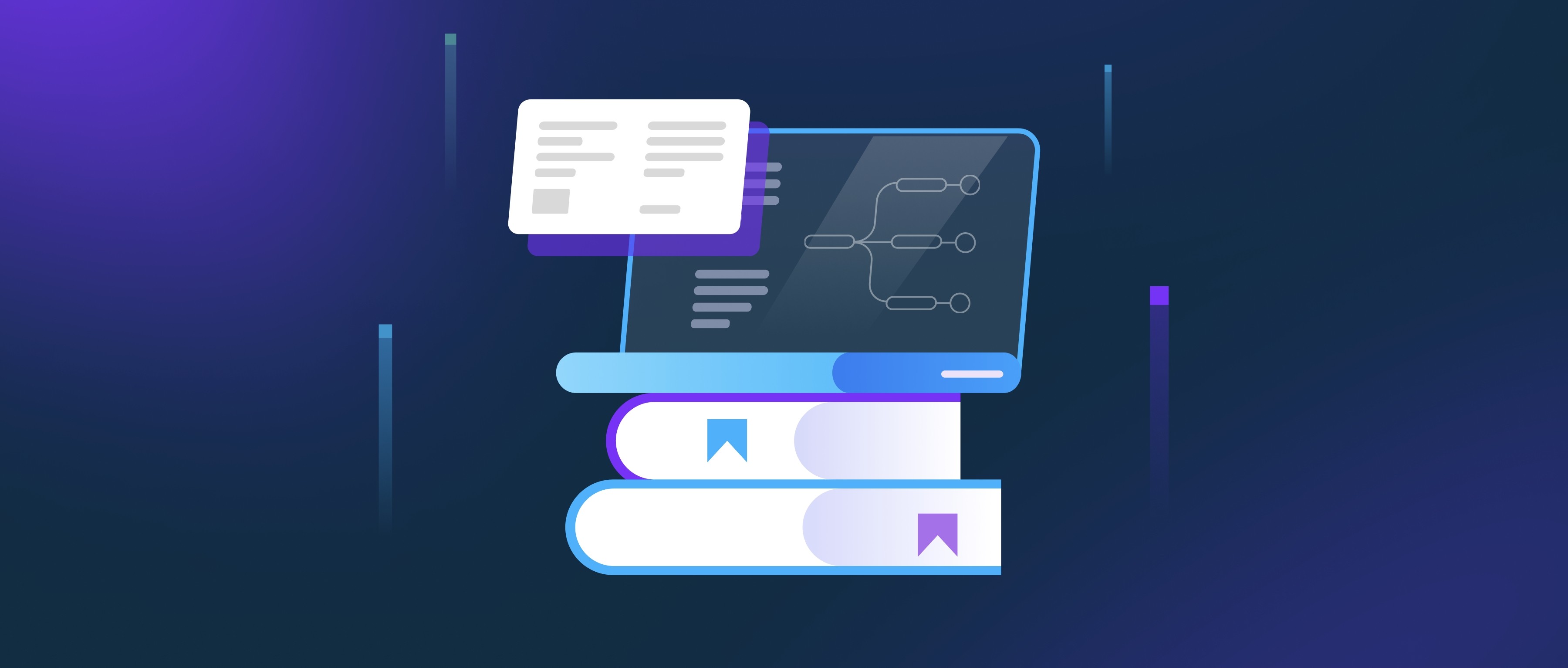AWS provides a Service Level Agreement (SLA) for Amazon Bedrock that outlines commitments for reliability and uptime, along with support options to address service issues. Here’s a breakdown of how these work:
1. Uptime SLA and Service Credits AWS guarantees a monthly uptime percentage of 99.9% for Amazon Bedrock, calculated at the regional level. This means the service is designed to be operational and accessible for at least 99.9% of the time in a given billing month. If Bedrock fails to meet this threshold, customers can request service credits. For example, if uptime drops to 99%–99.9%, AWS typically offers a 10% credit, while more severe downtime (below 95%) could result in higher credits. The SLA excludes downtime caused by factors outside AWS’s control, such as customer misconfigurations, third-party services, or force majeure events. Developers should review AWS’s official SLA documentation for precise terms, as these credits are applied to future bills and require customers to submit a request within a specific timeframe.
2. Support Plans and Response Times AWS offers tiered support plans (Basic, Developer, Business, and Enterprise) that dictate response times for technical issues. Basic Support, included free with all AWS accounts, provides limited assistance (email-only) without SLA-backed response guarantees. Paid tiers like Business or Enterprise Support include 24/7 access to AWS experts and faster response SLAs. For example, Business Support guarantees a one-hour response for critical issues (e.g., complete Bedrock downtime), while lower-severity cases have longer windows. Higher-tier plans also include architectural guidance, which can help developers optimize Bedrock for reliability. However, support SLAs focus on response times, not resolution times—AWS will acknowledge issues quickly but doesn’t guarantee how fast problems will be fixed.
3. Reliability Measures and Best Practices AWS ensures Bedrock’s reliability through multi-AZ deployments within a region, redundant infrastructure, and integration with monitoring tools like Amazon CloudWatch. Developers can use CloudWatch metrics and alarms to track Bedrock’s API performance and uptime. For added resilience, AWS recommends implementing retry logic in applications to handle transient errors and designing multi-region architectures if uptime beyond 99.9% is required. While the SLA provides a baseline, teams should also monitor usage quotas (e.g., model invocation limits) to avoid self-inflicted outages. Combining AWS’s SLA-backed infrastructure with application-level fault tolerance helps maximize reliability for generative AI workloads built on Bedrock.
